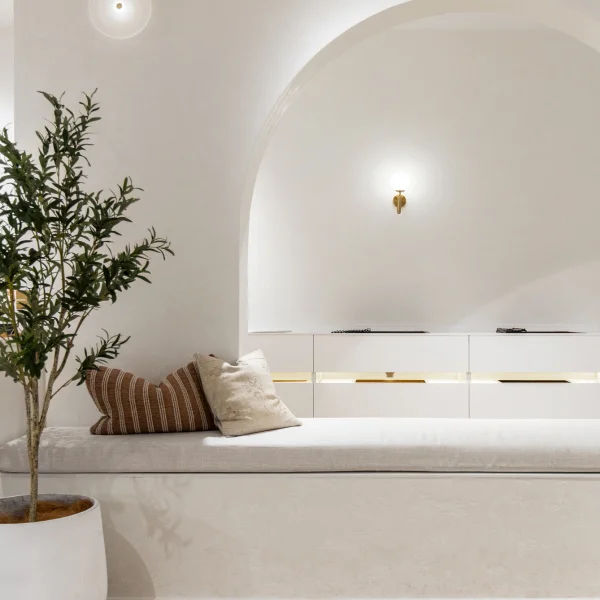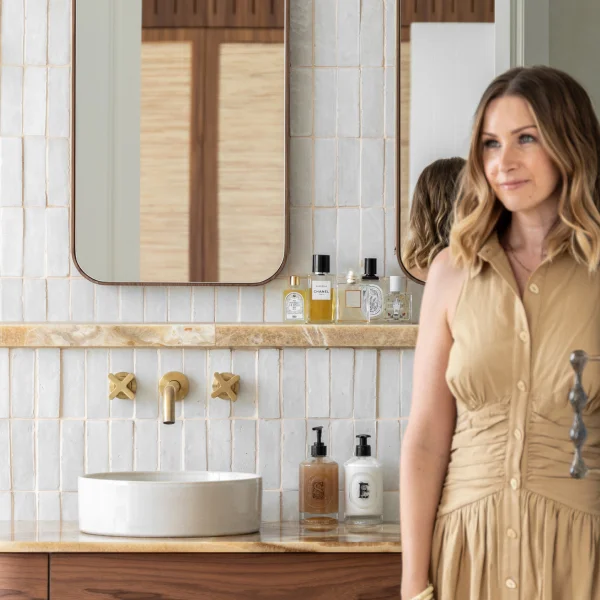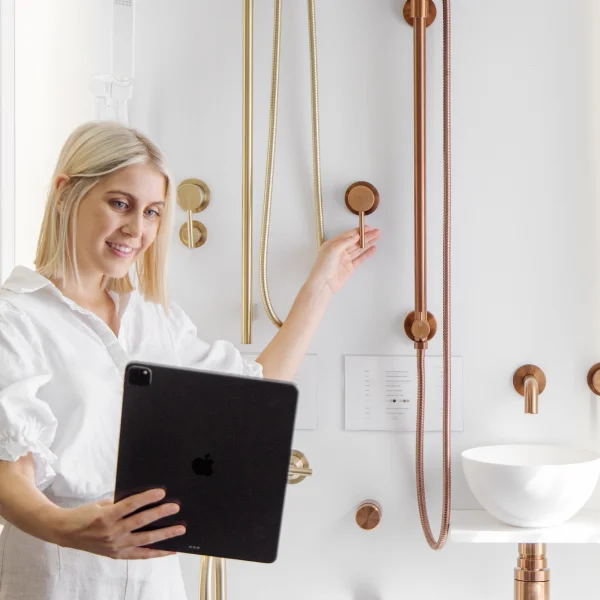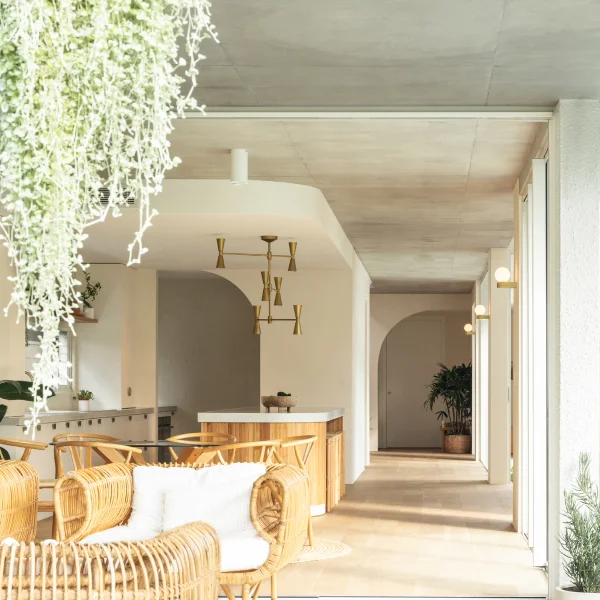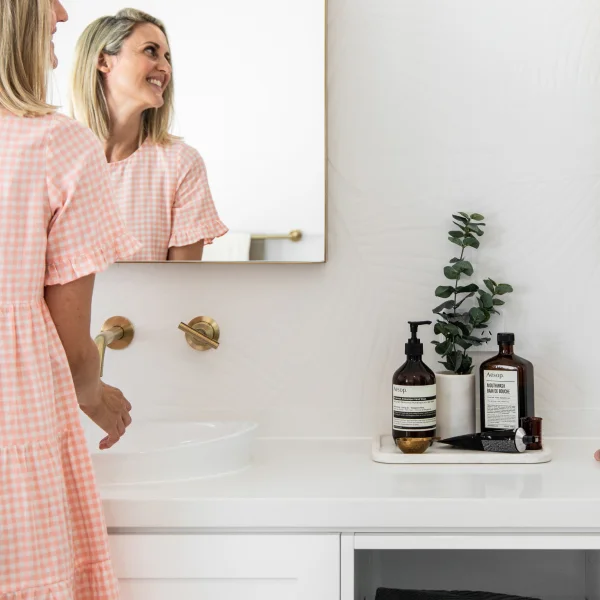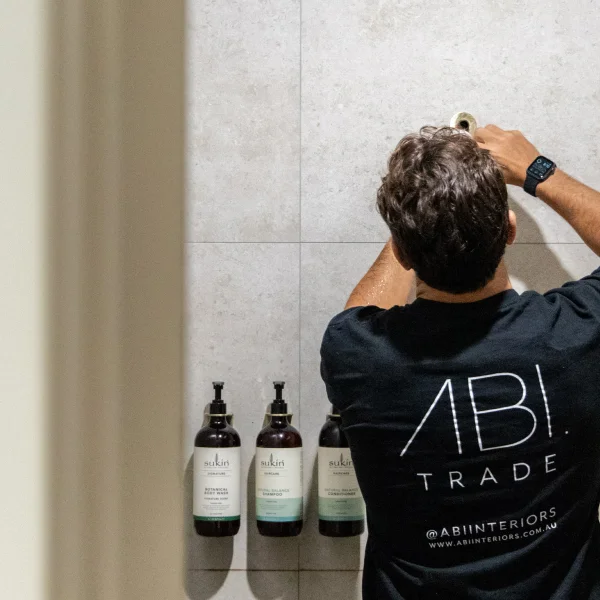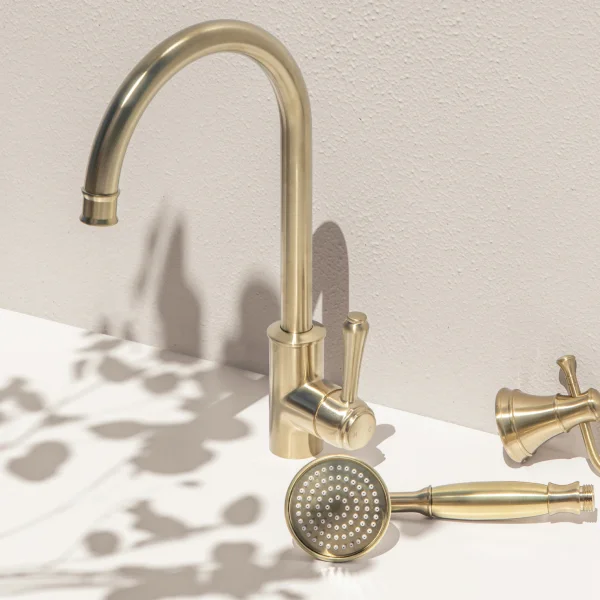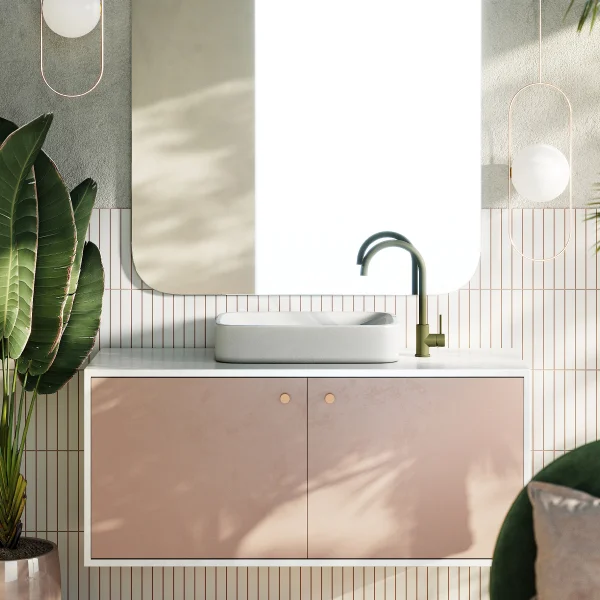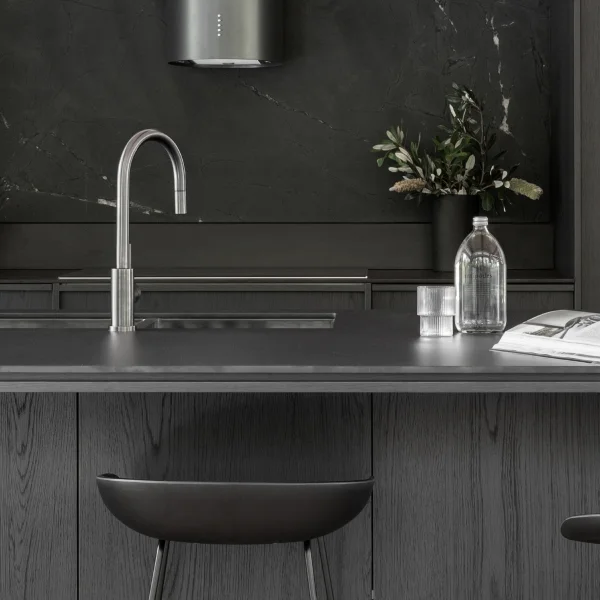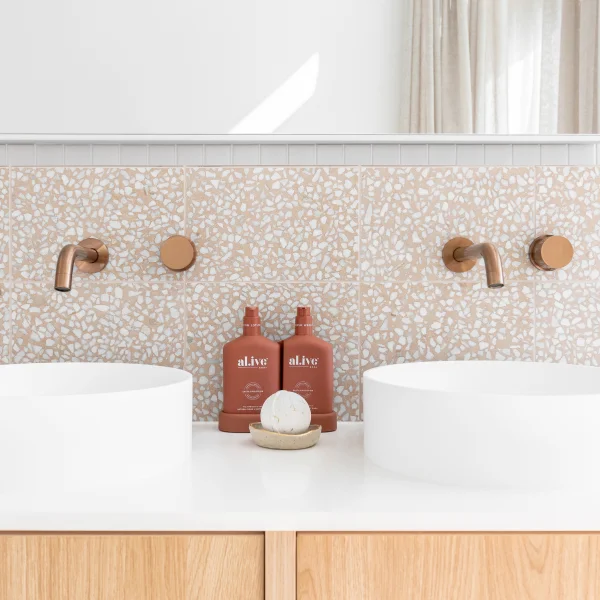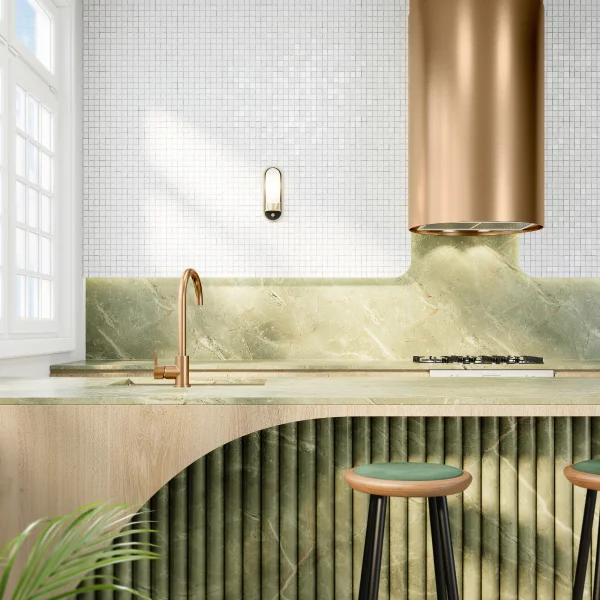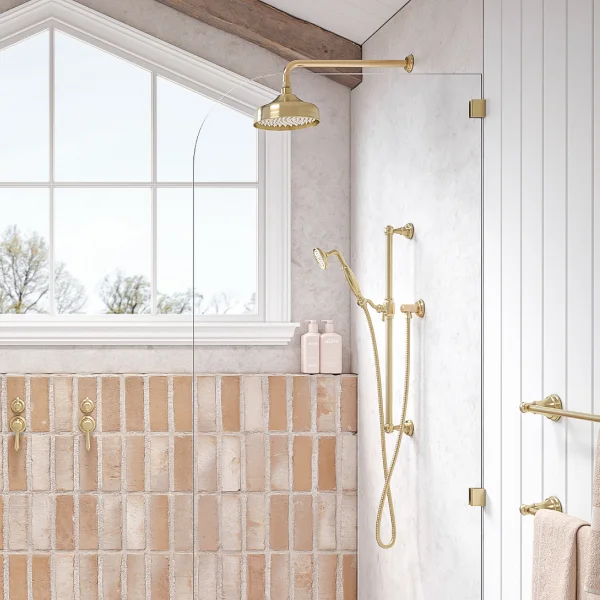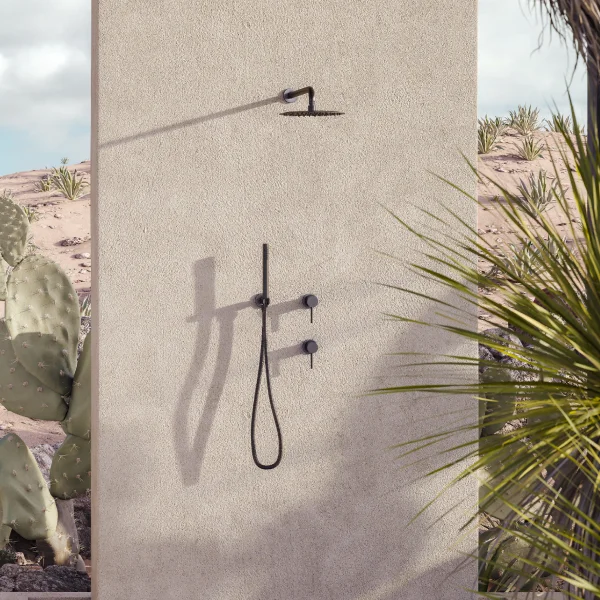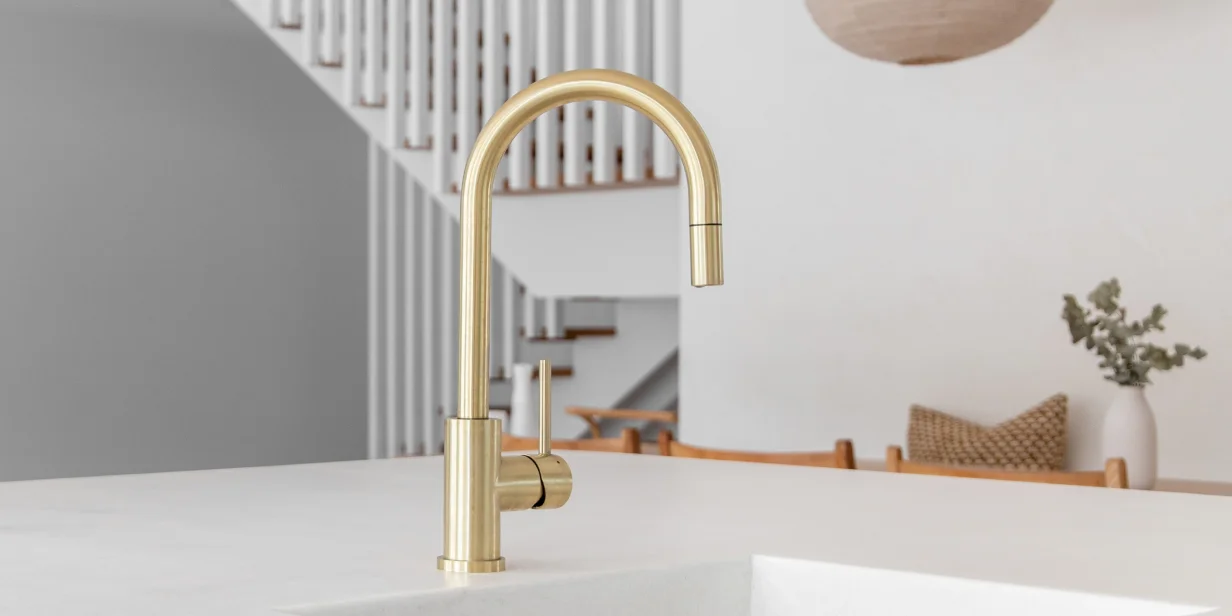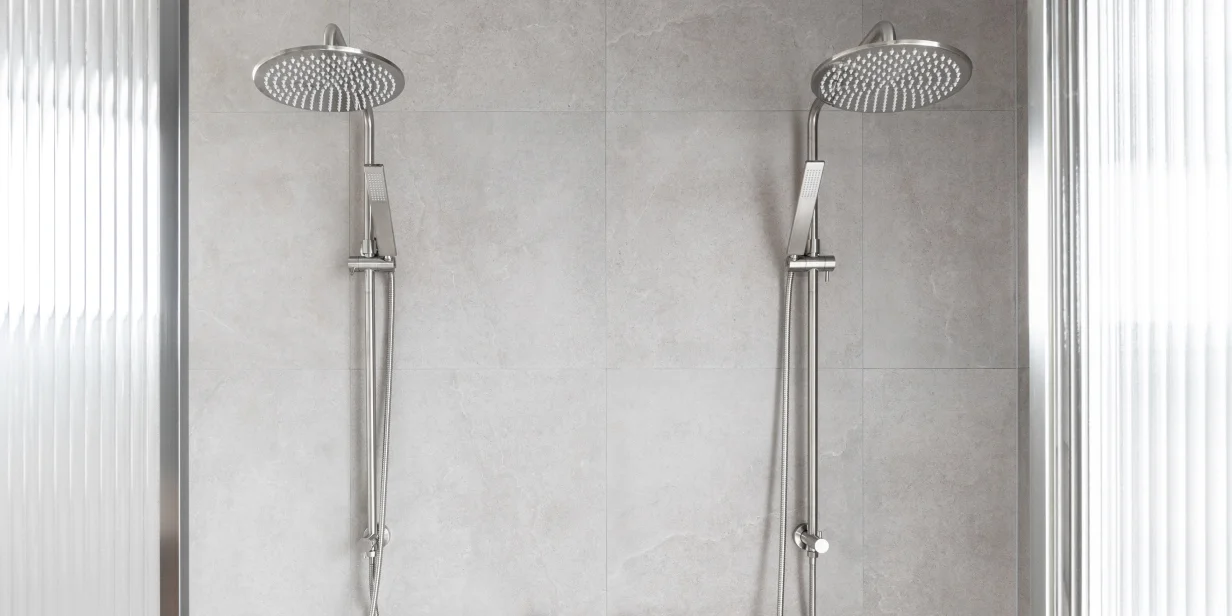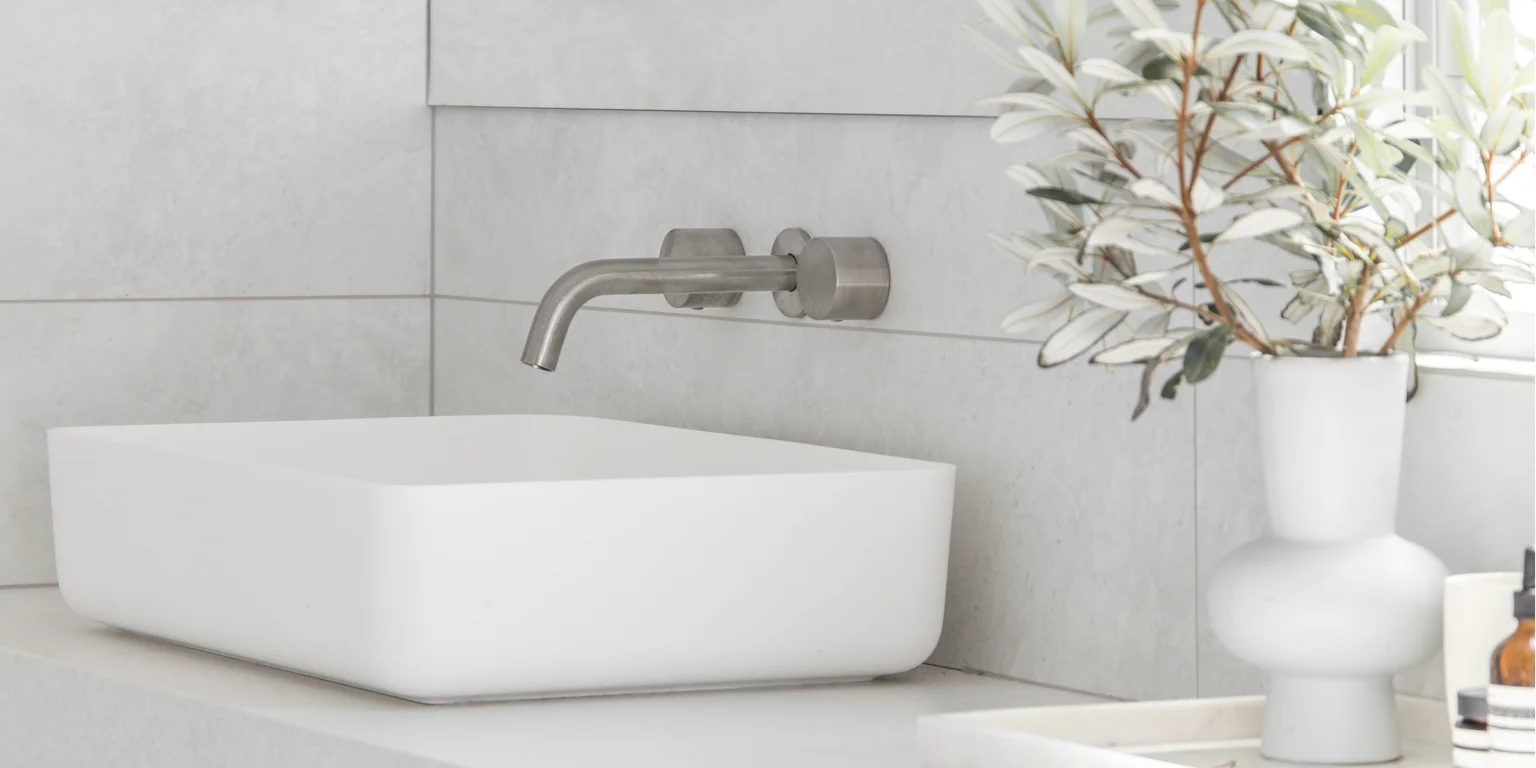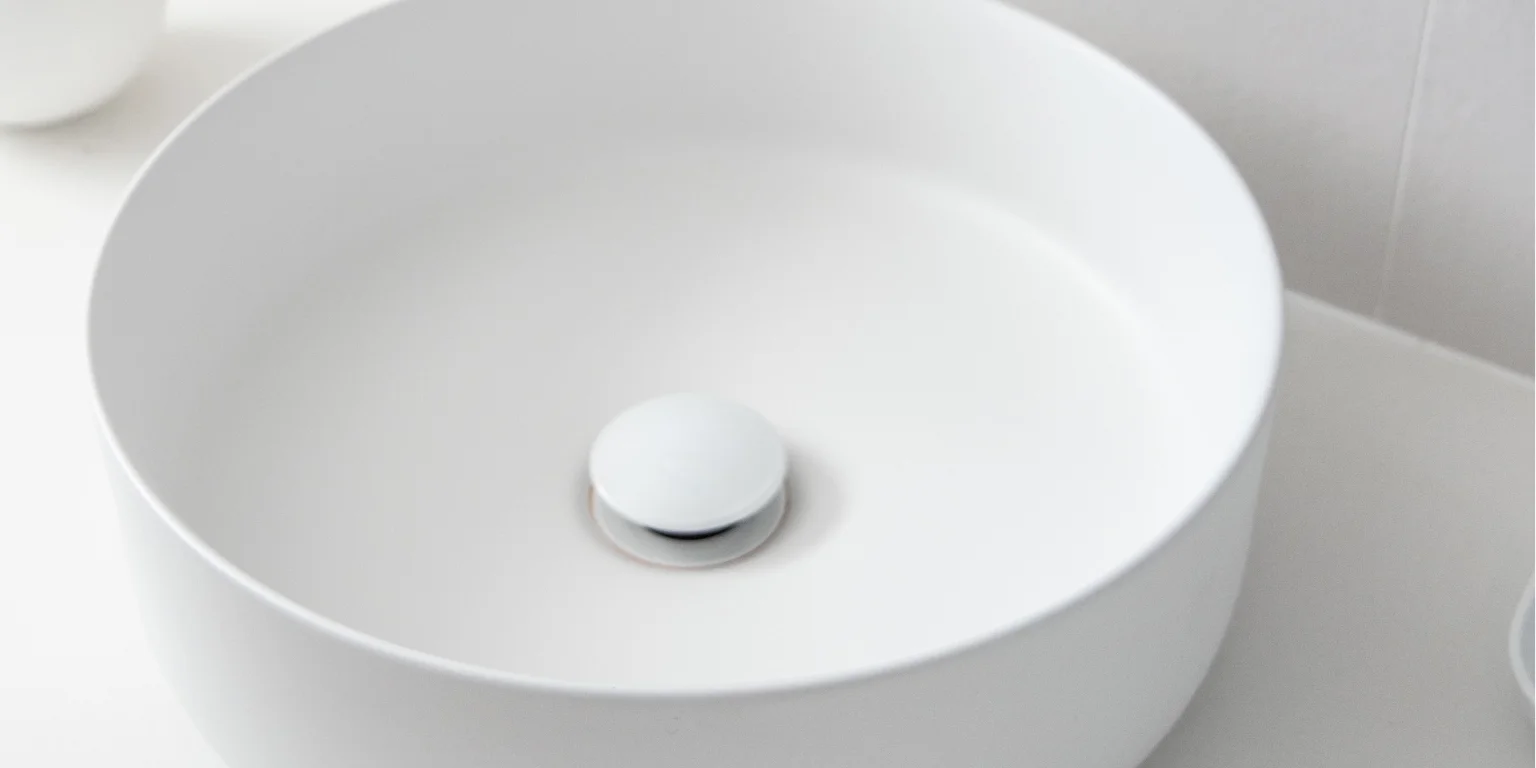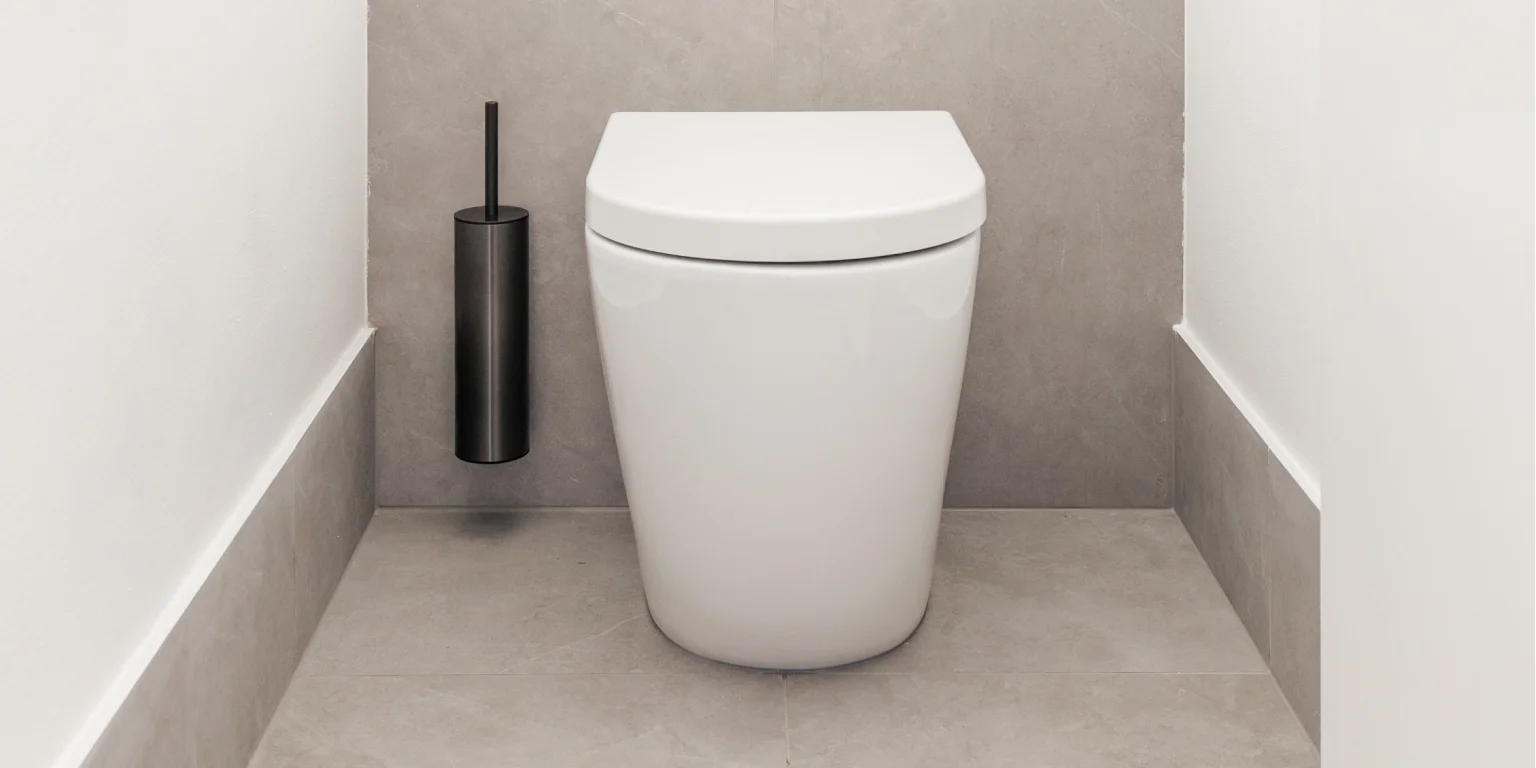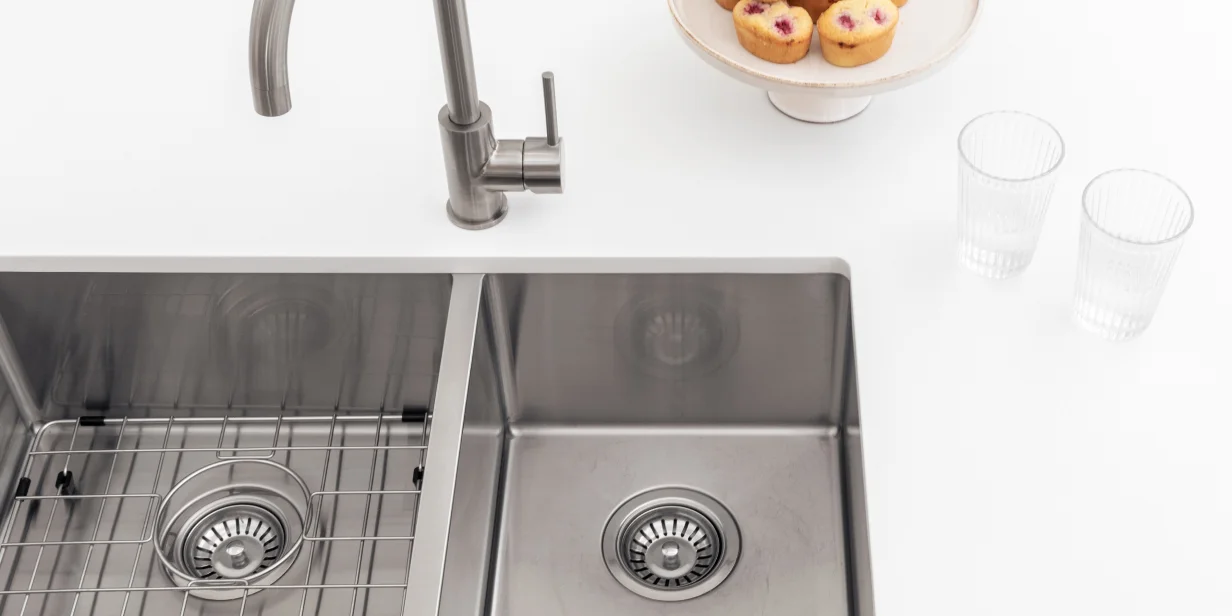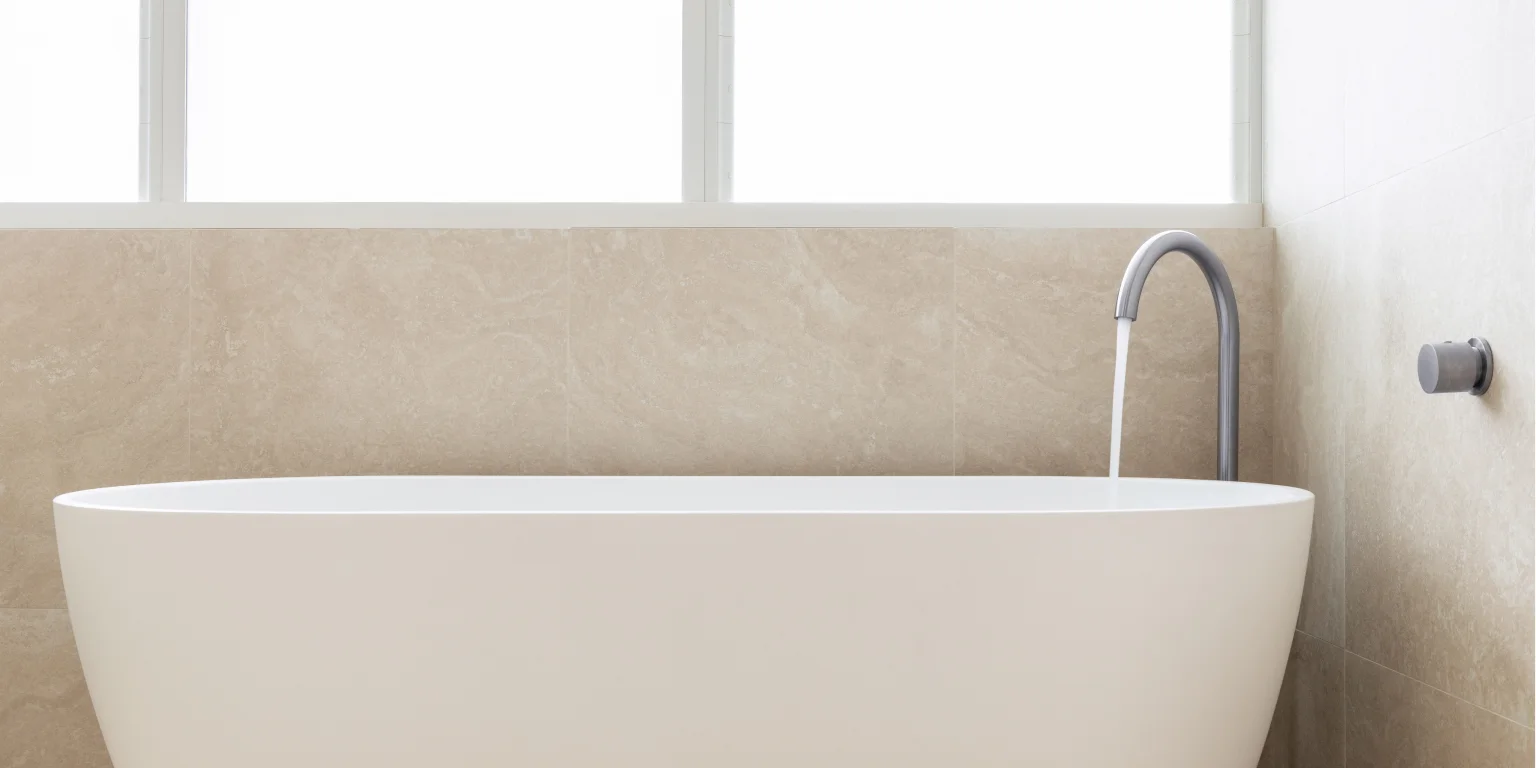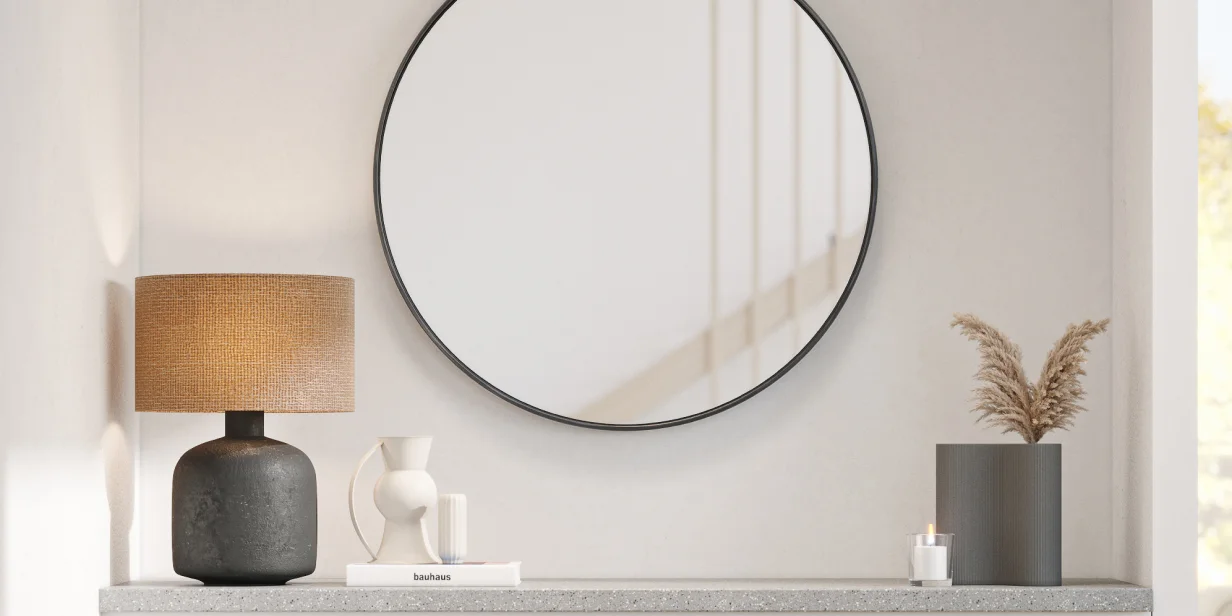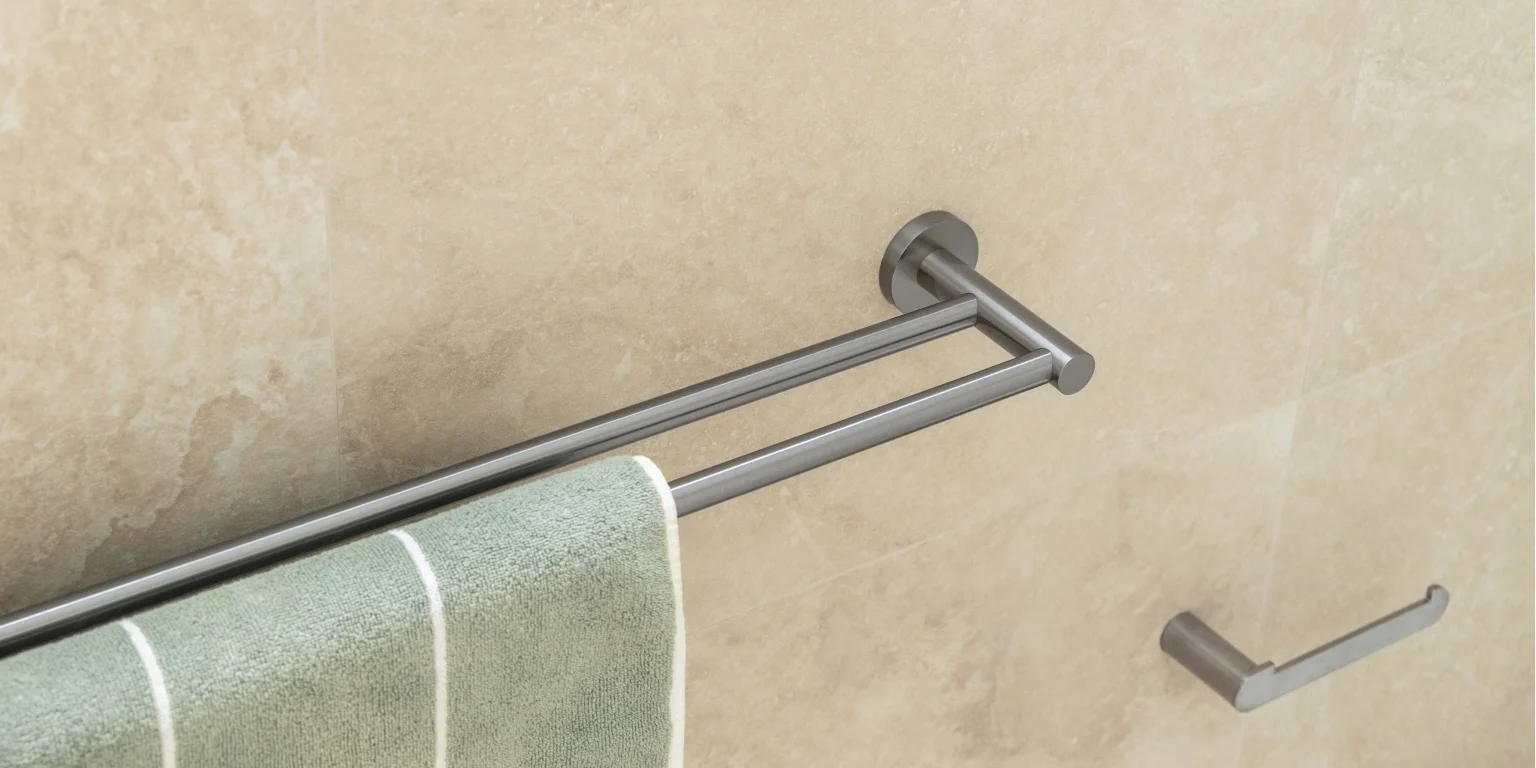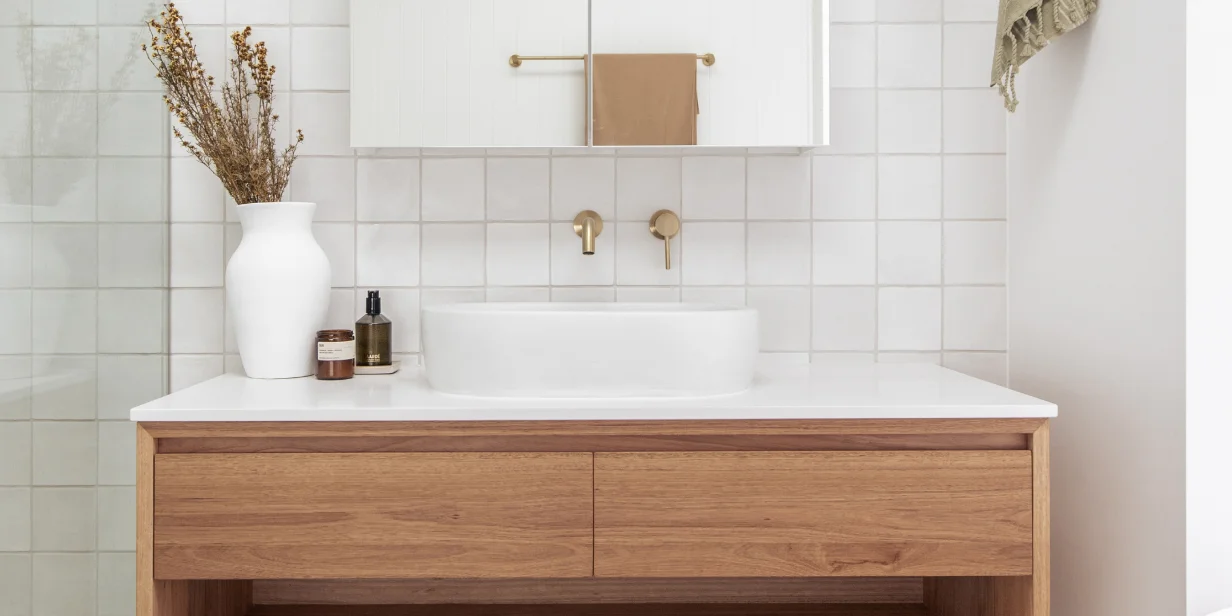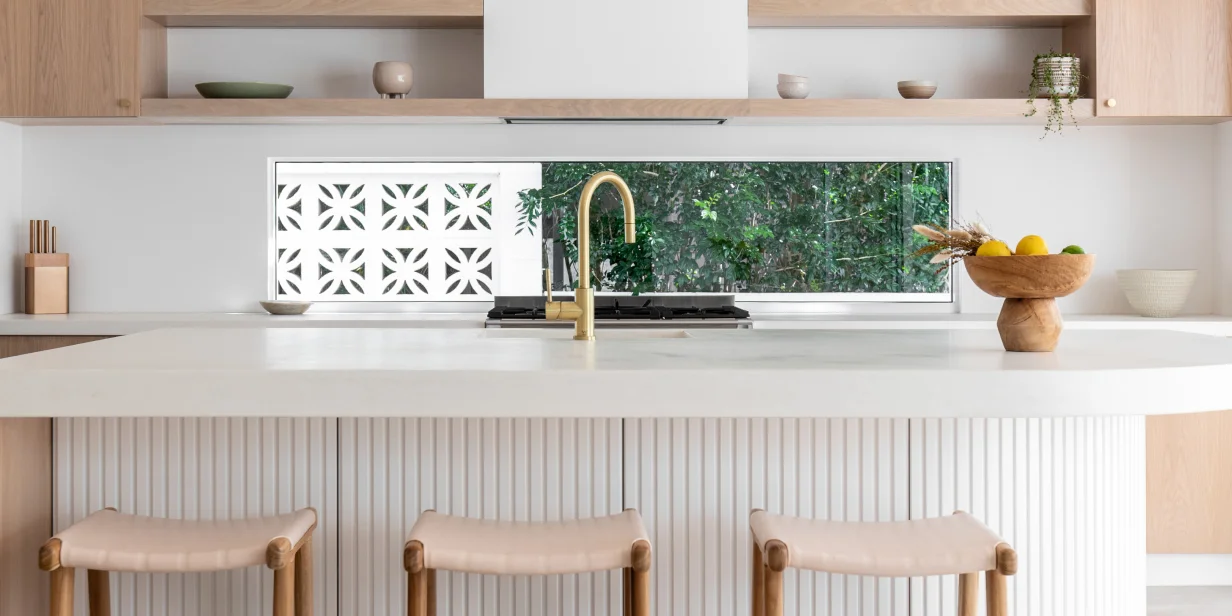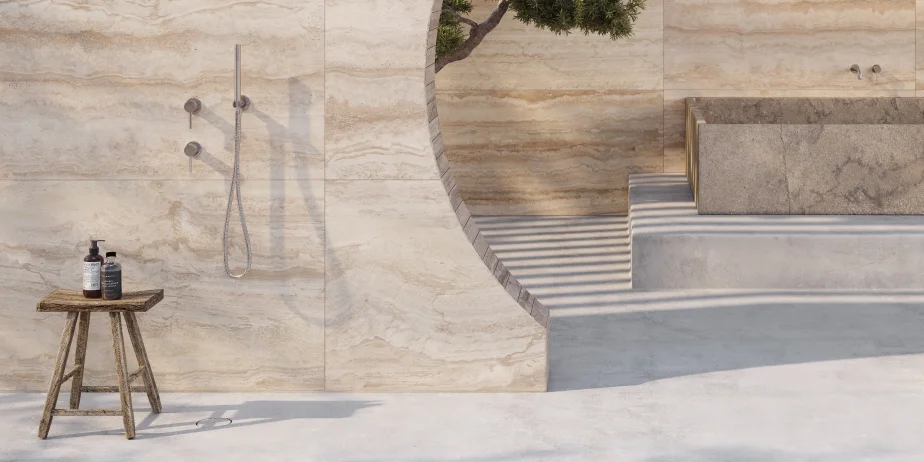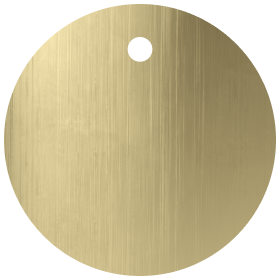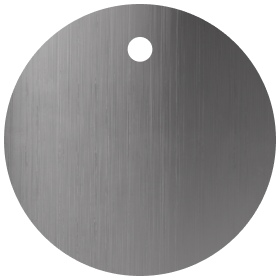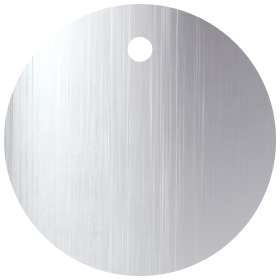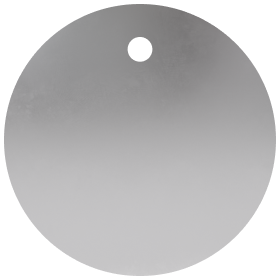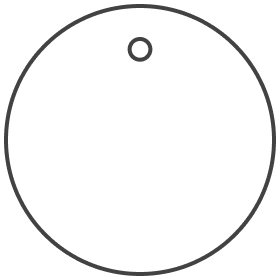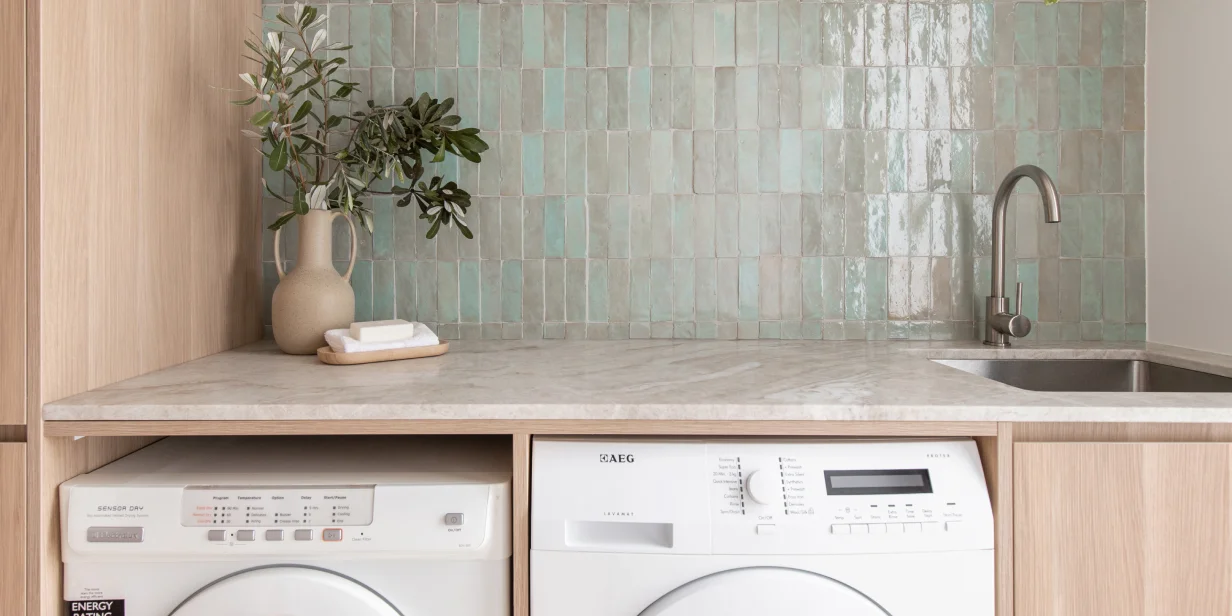The Ultimate Guide to Water-Efficient Fixtures for Your Home
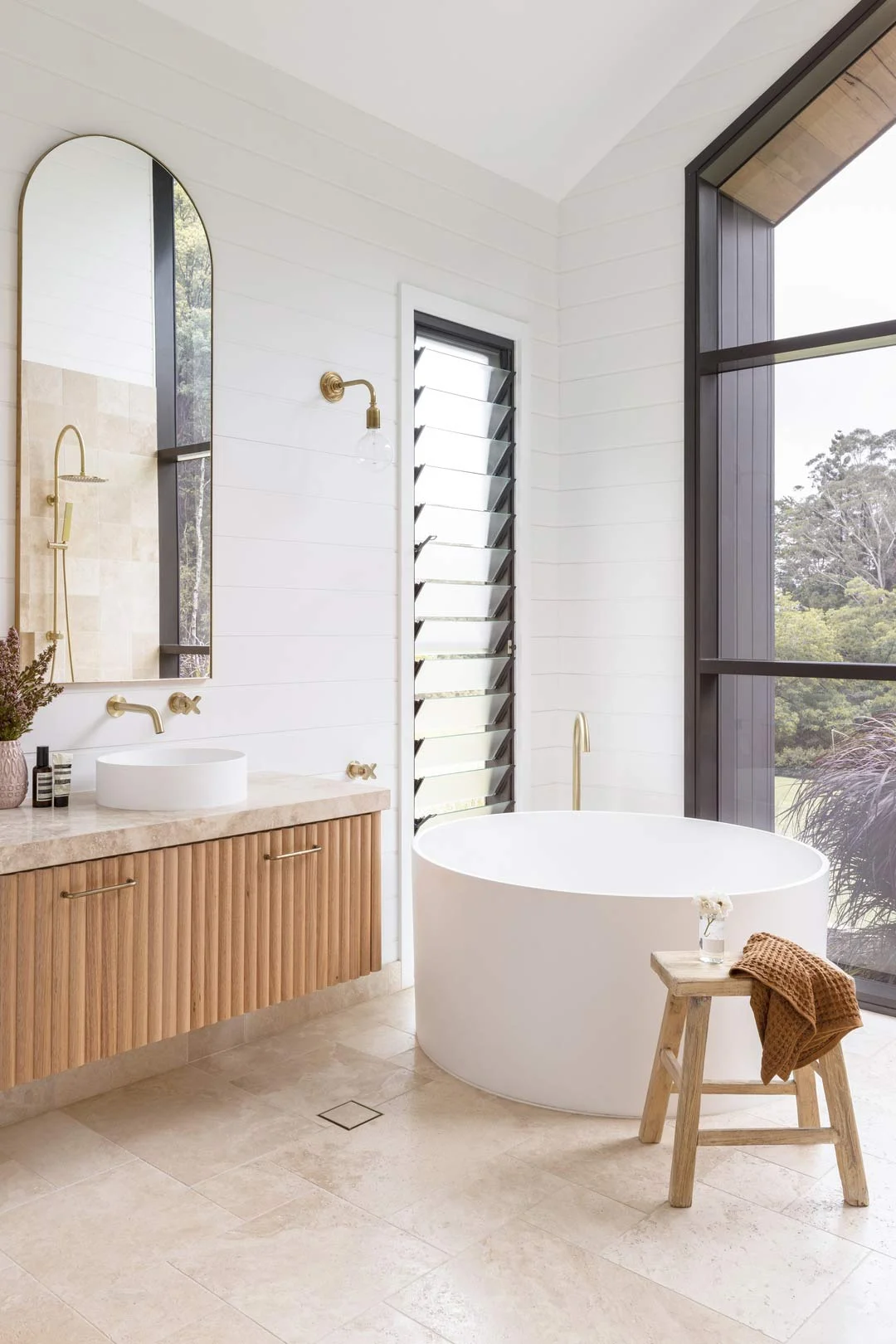
As the cost of living continues to rise, every pound saved counts. With utility bills being one of the major expenses for homeowners, finding ways to cut costs without sacrificing comfort and functionality is key. Making the switch to water-efficient fixtures is one of the most effective ways to maximise overall household savings while reducing your home’s environmental footprint.
Want to learn how to save water at home but unsure where to start? This comprehensive guide will explore the best water-efficient fixtures for your home, designed to conserve this precious resource and help you navigate the rising tide of living expenses.
Water-Efficient Fixtures and Their Benefits

Water-efficient fixtures are designed to reduce home water consumption while maintaining or improving performance. They include taps, showerheads, toilets, urinals, outdoor irrigation systems, and appliances like dishwashers and washing machines. Water-efficient products can reduce water consumption by 20–60%, depending on the type and usage.
By reducing water usage, these fixtures help conserve this precious resource, which is particularly important in areas experiencing water scarcity or drought conditions. Less water usage also means less energy is needed to pump and treat the water, reducing carbon emissions and helping to combat climate change.
Installing these fixtures throughout the home is an effective way to lower your household's bottom line. By reducing the need for heating and pumping water, they’ll help lower the operating costs of water systems, as well as your water and electricity bills.
Finally, upgrading to water-saving plumbing fixtures can also increase the value of your home, making it more attractive to future buyers who value built-in eco-friendly and energy-efficient solutions.
Types of Water-Efficient Fixtures
Low-Flow Toilets

Traditional toilets are a major source of water consumption in households as they use a fixed amount of water with each flush, regardless of the waste being disposed of. Low-flow toilets offer a solution by using less water to create a powerful flush. There are two types of low-flow toilets: gravity-fed and pressure-assisted.
Gravity-fed toilets are commonly used in homes and commercial settings. Each time you flush, water flows down from the tank and into the bowl, pushing down the waste. Dual flush toilets are gravity-fed toilets that promote further water savings by utilising varying amounts of water based on the type of waste. Using the half-flush button whenever possible will maximise water savings.
Pressure-assisted toilets use compressed air stored in the tank to provide a more forceful flush. They’re common in high-use settings such as airports and shopping centres but are becoming more popular in residential bathrooms as people aim to increase their water savings at home. Pressure-assisted toilets are very efficient, however, they’re noisy and usually more expensive than gravity-fed toilets.
Low-Flow Taps
Installing low-flow taps throughout the home is an excellent way to save on water bills. They work by mixing air into the water flow, giving the feel and impression of full water flow even though the water volume is greatly reduced. Installing water-saving taps or aerators can reduce tap water use from a standard 15-18L per minute to as little as 2L per minute!
Low-Flow Showerheads
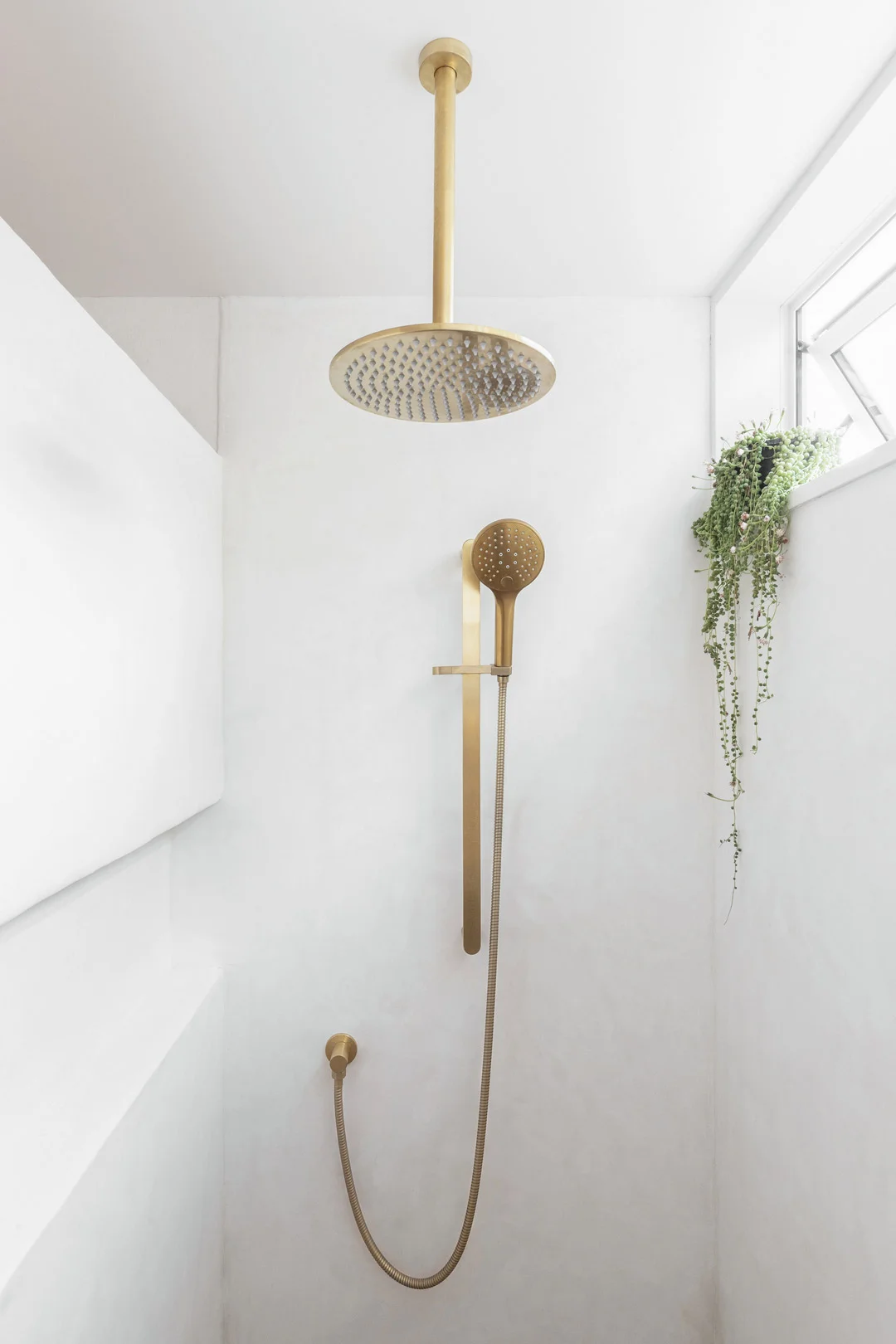
Showers and baths take up a large portion of a home’s water usage. Switching to a low-flow showerhead can help you use up to 60% less water than a traditional showerhead while still providing a satisfying shower experience. To be considered water efficient, a showerhead must use 9L of water or less per minute. The different types include:
Aerating Showerheads: These contain built-in mechanisms that mix air with water to create a mist-like spray, reducing water usage while maintaining pressure.
Laminar-flow showerheads: These produce individual streams of water instead of a mist-like spray, making them ideal for areas with hard water. They use smaller nozzles to create a high-pressure spray, using less water per minute than traditional showerheads.
Rain Showerheads: These combine aesthetic appeal with a luxurious and relaxing shower experience by simulating rainfall but with less water usage.
Handheld Showerheads: These have a detachable head that allows for more precise control of water usage and direction.
High-Efficiency Showerheads: These low-flow showerheads combine various water-saving technologies, such as aerating and laminar-flow, to reduce water usage significantly while still providing a satisfying shower experience.
When selecting a water-efficient showerhead, it's important to consider factors such as water pressure, spray pattern, and ease of installation.
If you don't want to change your showerhead for aesthetic reasons, getting a shower timer can help reduce the time spent showering by making you more aware of how long you're taking. The average shower is about seven minutes — but it can go significantly longer if you’re shaving, washing your hair, or brushing your teeth while you’re in there. Momentarily switching off the water when you don’t need it — like when you’re soaping up, shampooing or shaving — can also save you lots of water.
Shower vs Tub Water Usage
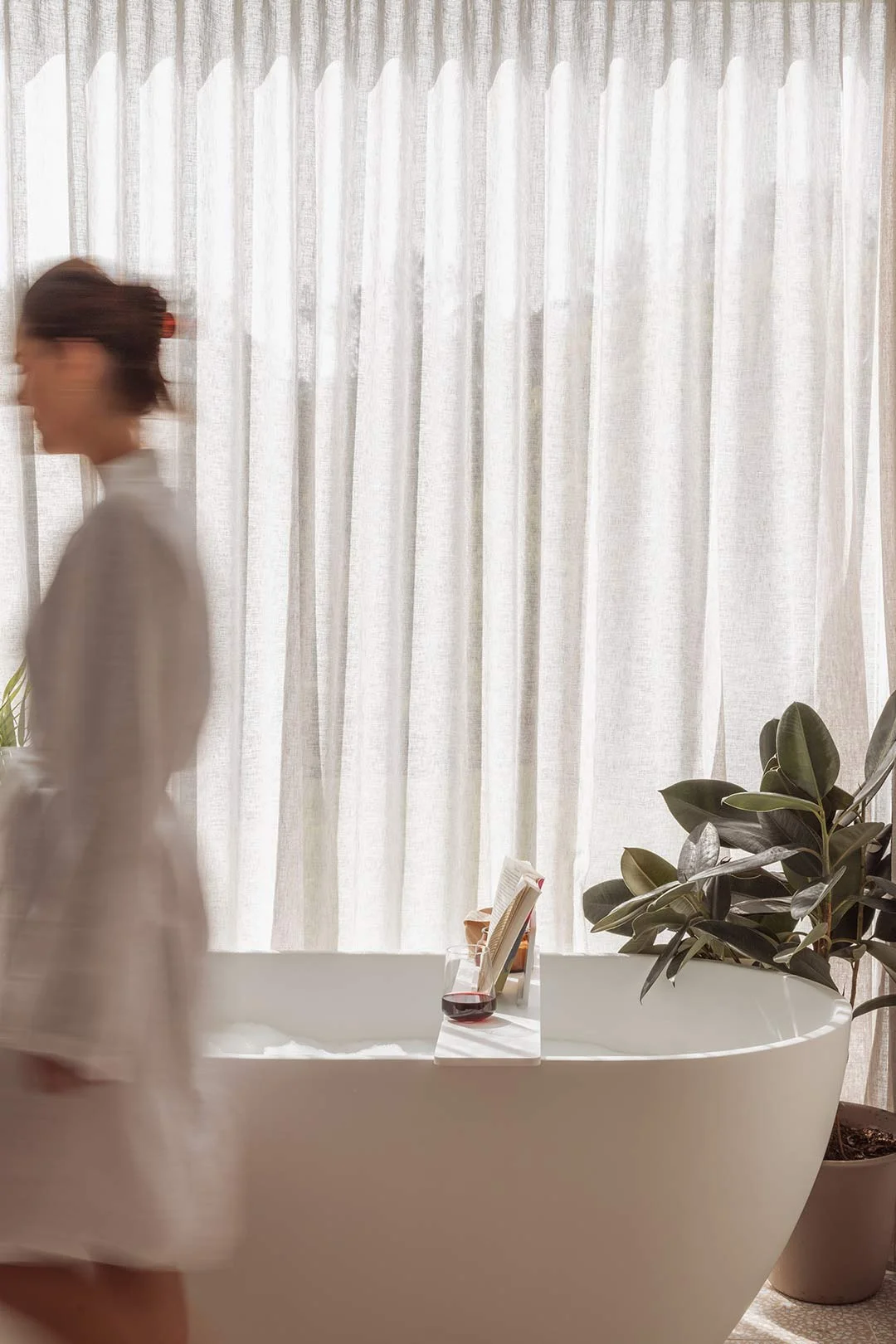
It’s a common misconception that baths waste water. If you bathe wisely, you might end up using less water than you would in the shower. When comparing the two, you have to consider how long you let the shower run and how big your bath is.
The average bath uses around 95 litres of water, leaving enough room to get in and bathe. This is less than a 10-minute shower with a conventional showerhead, but more than a water-saving showerhead. For example, a 10-minute shower using a water-saving showerhead that uses 7L per minute would only use 70L.
However, if you’re shaving, washing your hair, and brushing your teeth in the shower, there’s a good chance you’ll run the water for longer than 10 minutes — so it all depends on your personal preferences.
Dishwasher vs Washing Dishes by Hand
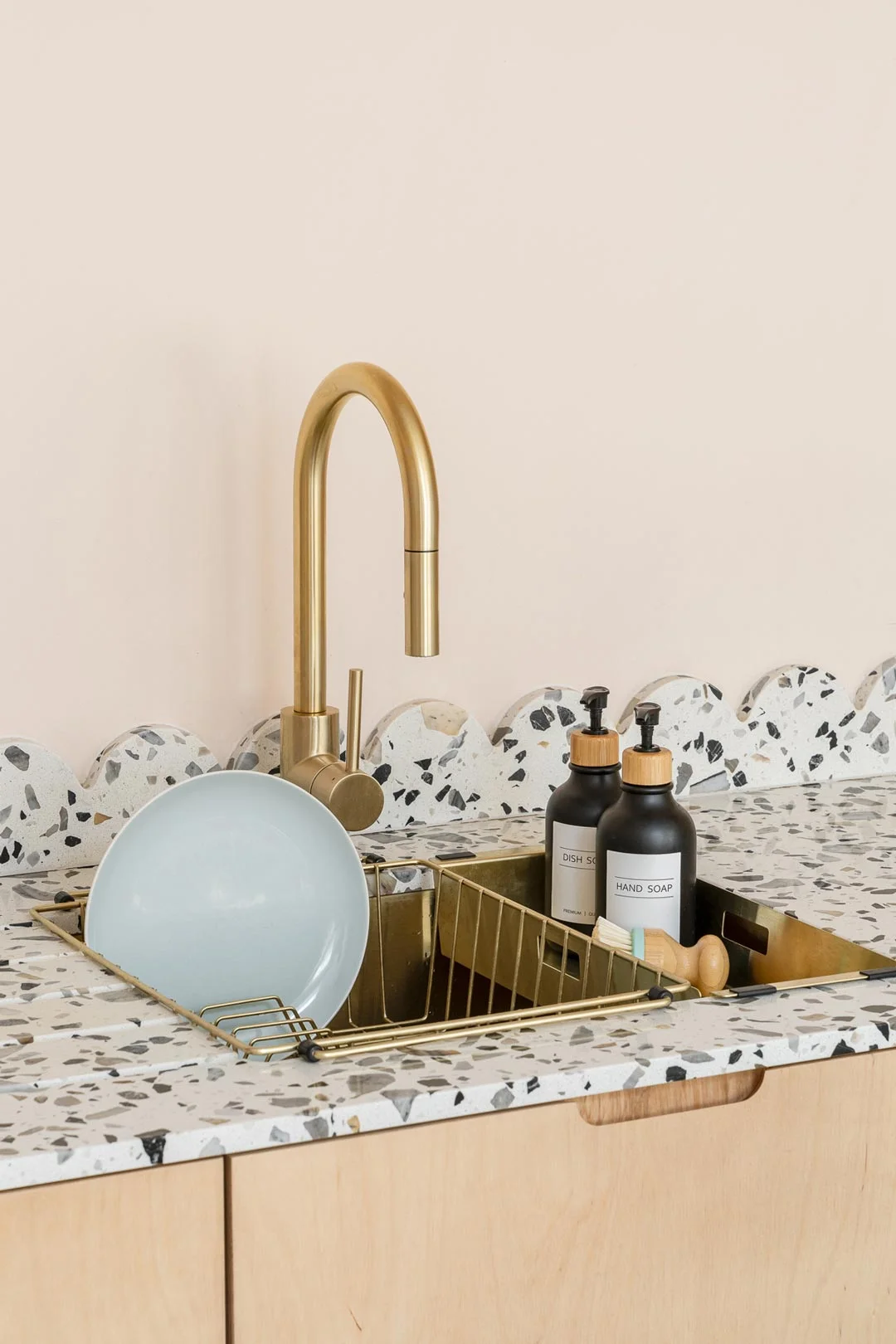
Are you someone who hates washing dishes by hand? Now you have a reason not to.
A study has determined that washing dishes uses approximately 10.5L of water per person. The average household of 2-3 people would use 21-31.5L daily. On the other hand, an average dishwasher only uses around 15L of water per cycle — highly water-efficient models may use as little as 11L.
Using a dishwasher is the smarter choice, particularly if you have a full load. However, if you’re only washing a few things or have a small household where waiting until the dishwasher is full isn't practical, washing by hand is a better option — just make sure to turn the water off while scrubbing.
Considerations When Selecting Water-Efficient Fixtures
When selecting water-efficient fixtures and appliances for your home, several important considerations can help you make informed decisions that align with your household needs and sustainability goals. These include performance, water quality and pressure, durability, compatibility, budget, aesthetics, and ease of installation and maintenance. You should also evaluate each option's potential water savings and environmental benefits, and compare them with alternative products.
Maintenance of Water-Efficient Fixtures
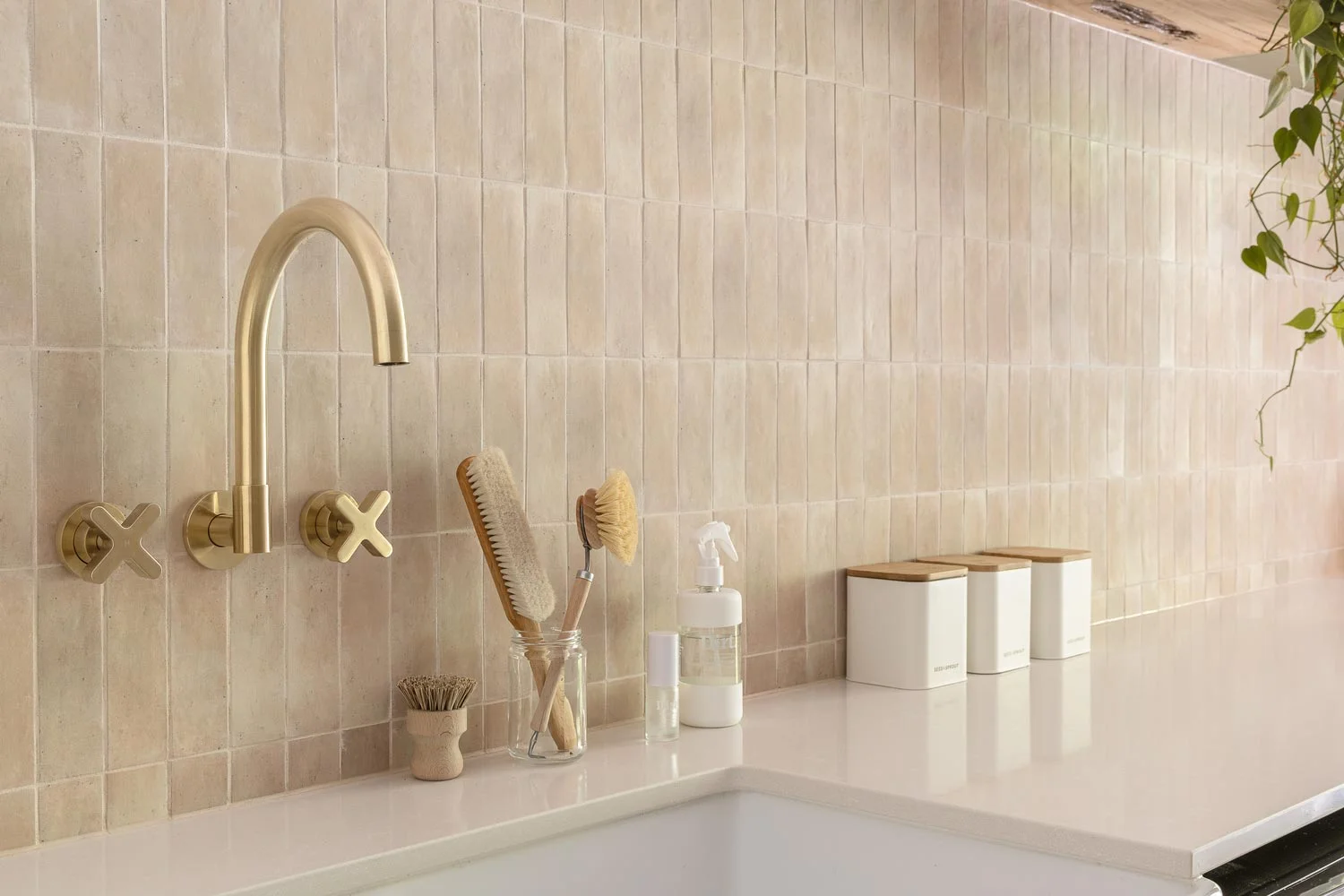
Installing water-efficient fixtures and appliances is a great way to save money and help the environment, however, it’s essential to maintain them properly in order to reap the full benefits. You can help keep everything in working order by:
Cleaning regularly: Regular cleaning is essential to prevent the buildup of soap residue, mineral deposits, and other substances that could obstruct water flow and reduce efficiency. Use a mild, non-abrasive cleaner and a soft brush or cloth.
Checking for leaks: Leaks can waste a significant amount of water and undermine the efficiency of water-efficient fixtures, so it’s important to check for leaks regularly and have them repaired promptly.
Professional maintenance: A professional plumber can identify and fix any issues and provide advice on optimising performance and efficiency.
As water rates and the cost of living steadily increase, being mindful of water consumption is an eco-conscious choice and a smart financial move. Water-efficient fixtures can help reduce your water consumption, lower your utility bills, and positively impact the environment.
Whether you’re renovating, building, or even just making a few small upgrades throughout the home, choosing water-efficient fixtures allows you to live greener without compromising on quality and comfort in your daily routine.
To learn more about lowering your home’s environmental footprint, read our blog:
